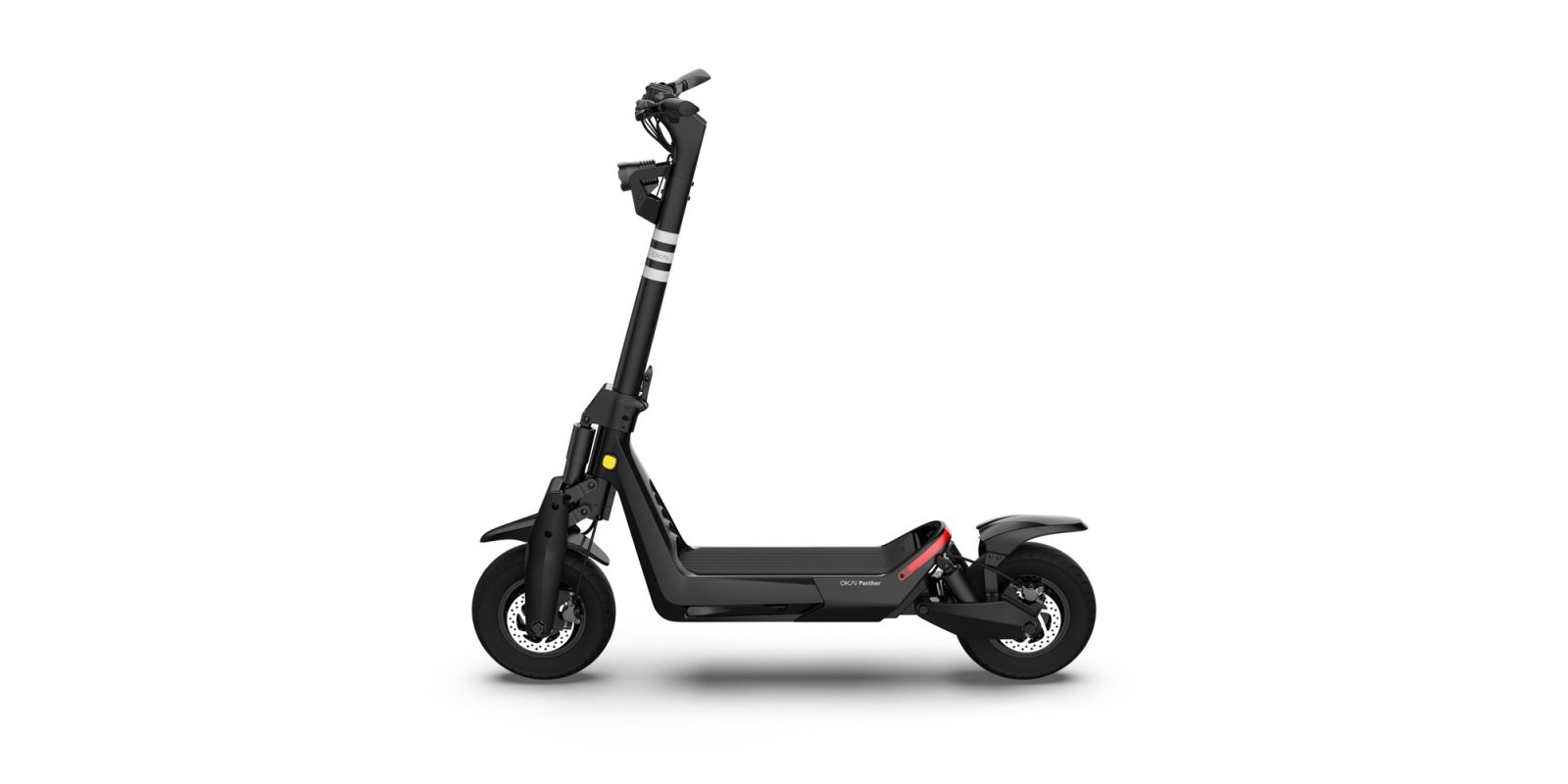As the clarion call for environmental stewardship rings louder across the globe, the trucking industry, historically typified by its heavy carbon emissions, is undergoing a profound transformation. In North America, the trucking sector is pushing the pedal on sustainability, with trailblazing companies at the helm of this eco-revolution. This deep dive explores how these entities are driving down their carbon footprints and redefining logistics.
Do you need to optimize your routes across the US and Canada? Consider divinetrans – Their advanced software guarantees fuel and time savings with the most streamlined routing solutions for your fleet.
The Drive Toward Green Logistics: Understanding the Shift
Evaluating the Environmental Impact of Trucking
Trucking has long powered North American business, but it also hurt the environment. The EPA reports that transportation emits the most greenhouse gasses in the US, with freight vehicles contributing significantly. This prepares for a much-needed green revamp.
Policy and Progress: Regulatory Frameworks Spurring Change
It’s not just environmental consciousness propelling this shift. Regulatory organizations in the US and Canada have set aggressive emissions objectives. The U.S. Clean Air Act and Canada’s Pan-Canadian Framework on Clean Growth and Climate Change foster sustainability. These frameworks are not only guiding but also incentivizing companies to innovate.
Innovative Practices Reducing Carbon Emissions in Trucking
Fleet Modernization: The Adoption of Electric and Hybrid Trucks
The vanguard of this green march is the adoption of electric and hybrid trucks. Pioneering companies are investing in these vehicles to reduce reliance on fossil fuels. Tesla’s Semi, Daimler’s eCascadia, and the Volvo VNR Electric are leading the charge, promising a future where trucking’s rumble is softened by the quiet hum of electric engines.
Route Optimization and Fuel Management
Modern logistics isn’t just about the mode of transport; it’s also about efficiency. Advanced software now enables companies to optimize routes, thereby reducing unnecessary miles and fuel consumption. Predictive analytics and real-time data allow for dynamic routing, ensuring trucks don’t idle with empty loads or take longer routes than necessary.
Collaboration and Consolidation for Efficiency
The adage “United we stand, divided we fall” holds true in green logistics. By consolidating loads and sharing distribution networks, companies are maximizing the utility of each trip. This approach not only cuts down on emissions but also improves the bottom line — a win-win for business and the environment.
The Challenges and Future of Green Trucking
Overcoming Barriers to Sustainable Trucking
The road to sustainability is not without its bumps. The high initial cost of green vehicles and the dearth of charging infrastructure are significant hurdles. Furthermore, the industry is grappling with a technology gap, where the demand for sustainable solutions outpaces the current availability.
Investing in the Future: R&D and Continuing Education
Future-forward companies are channeling resources into research and development to overcome these challenges. They’re also focusing on upskilling their workforce, ensuring that the shift to green trucking is not just a technological leap but also a cultural one.
FAQ and Answers:
Q: Is green trucking economically viable in the long term?
A: While upfront costs are high, the long-term savings in fuel and maintenance, coupled with government incentives, make green trucking an economically viable choice.
Q: How effective can green trucking be in reducing emissions?
A: If widely adopted, green trucking can significantly cut down emissions. Electric trucks have no exhaust emissions, and better fuels may make a difference.
Q: What is the potential for renewable energy in trucking?
A: The potential is vast. With advancements in solar and wind energy, and the development of hydrogen fuel cells, the trucking industry could someday run on entirely renewable sources.
North American transportation businesses are joining a worldwide environmental movement as they transition to green logistics. By integrating electric and hybrid vehicles, optimizing routes, and embracing collaboration, these firms are driving towards a future where commerce and conservation go hand in hand. It’s a profound shift that promises a cleaner, more sustainable horizon for the industry, and indeed, the world.





